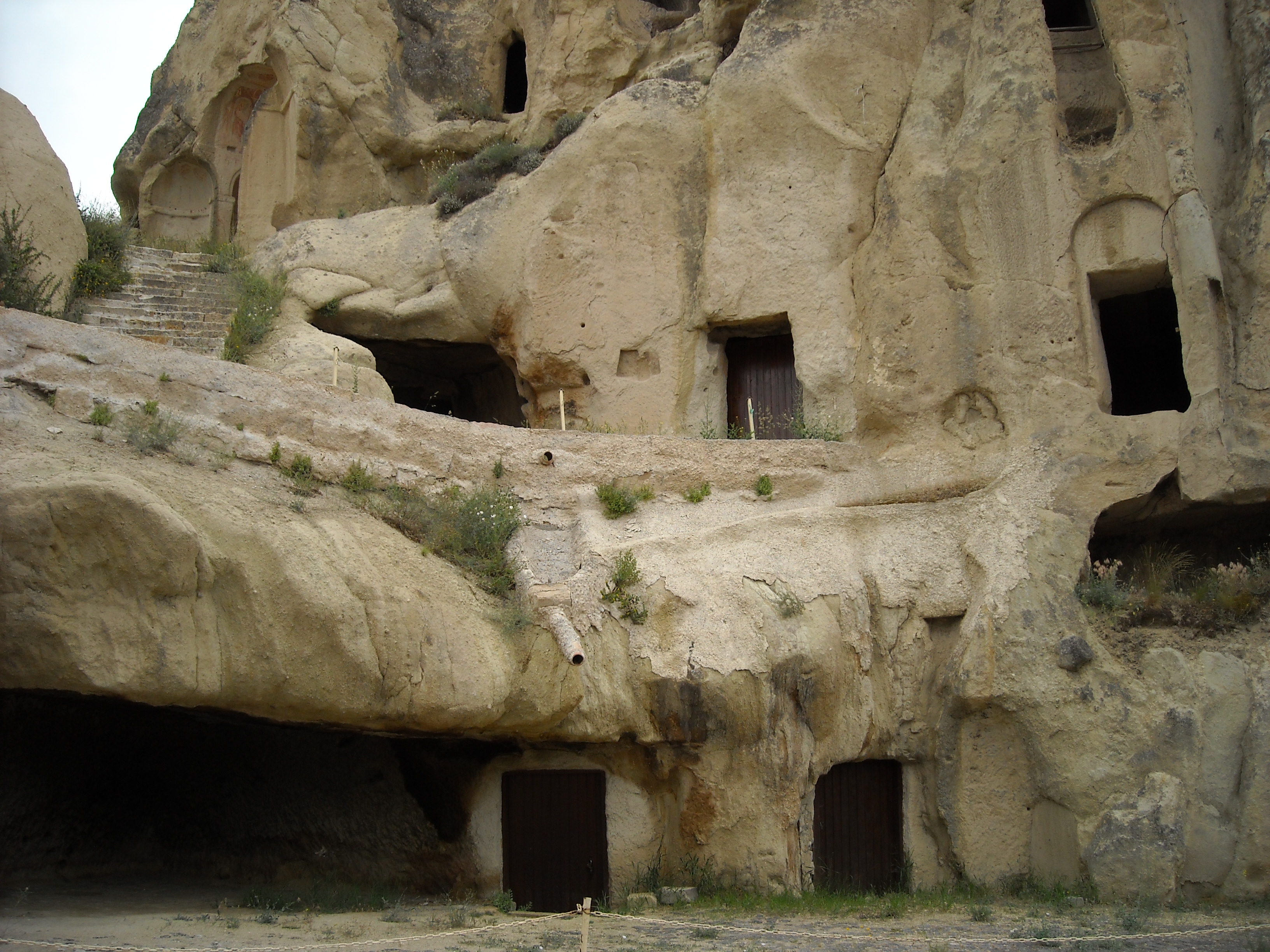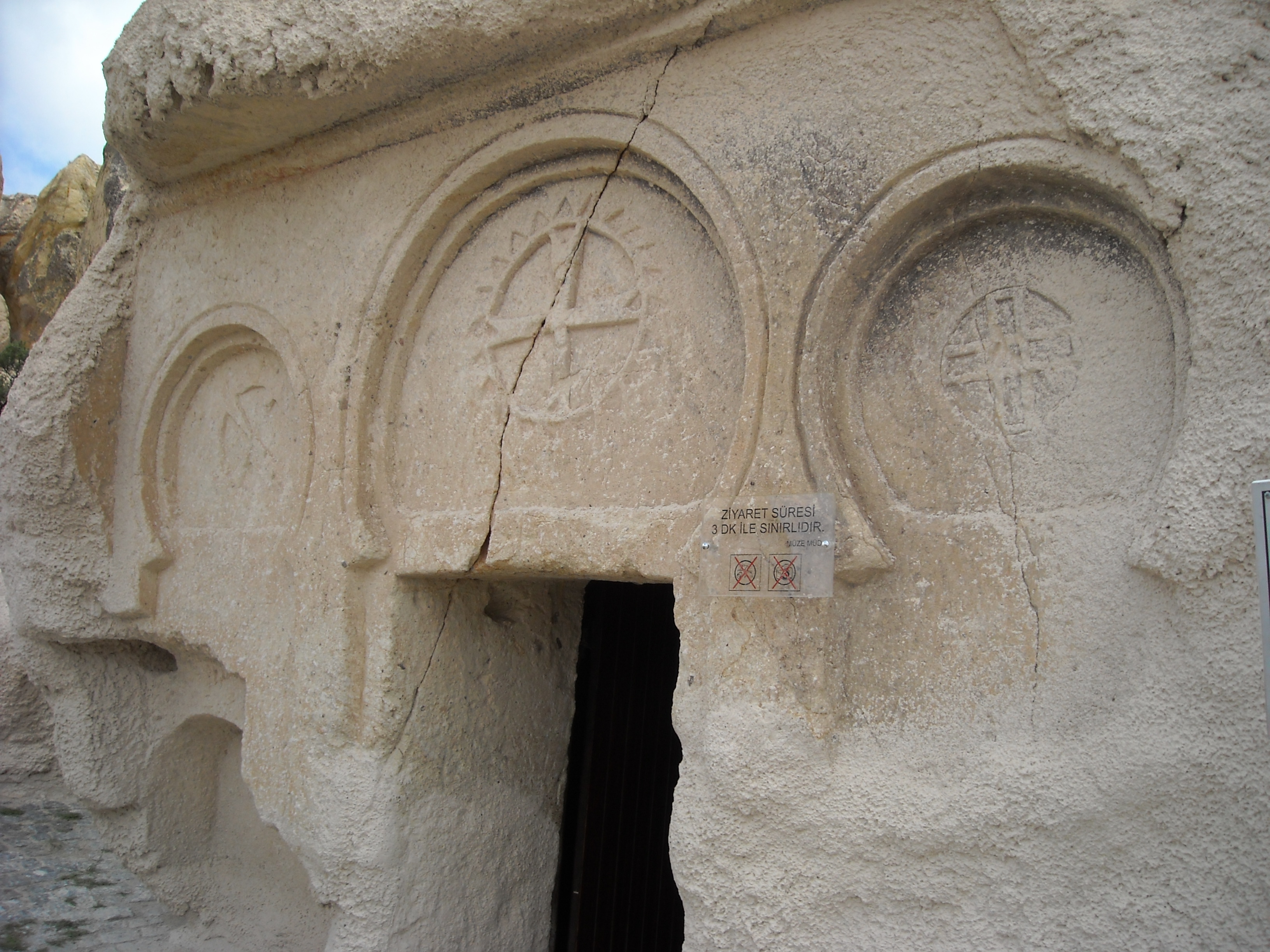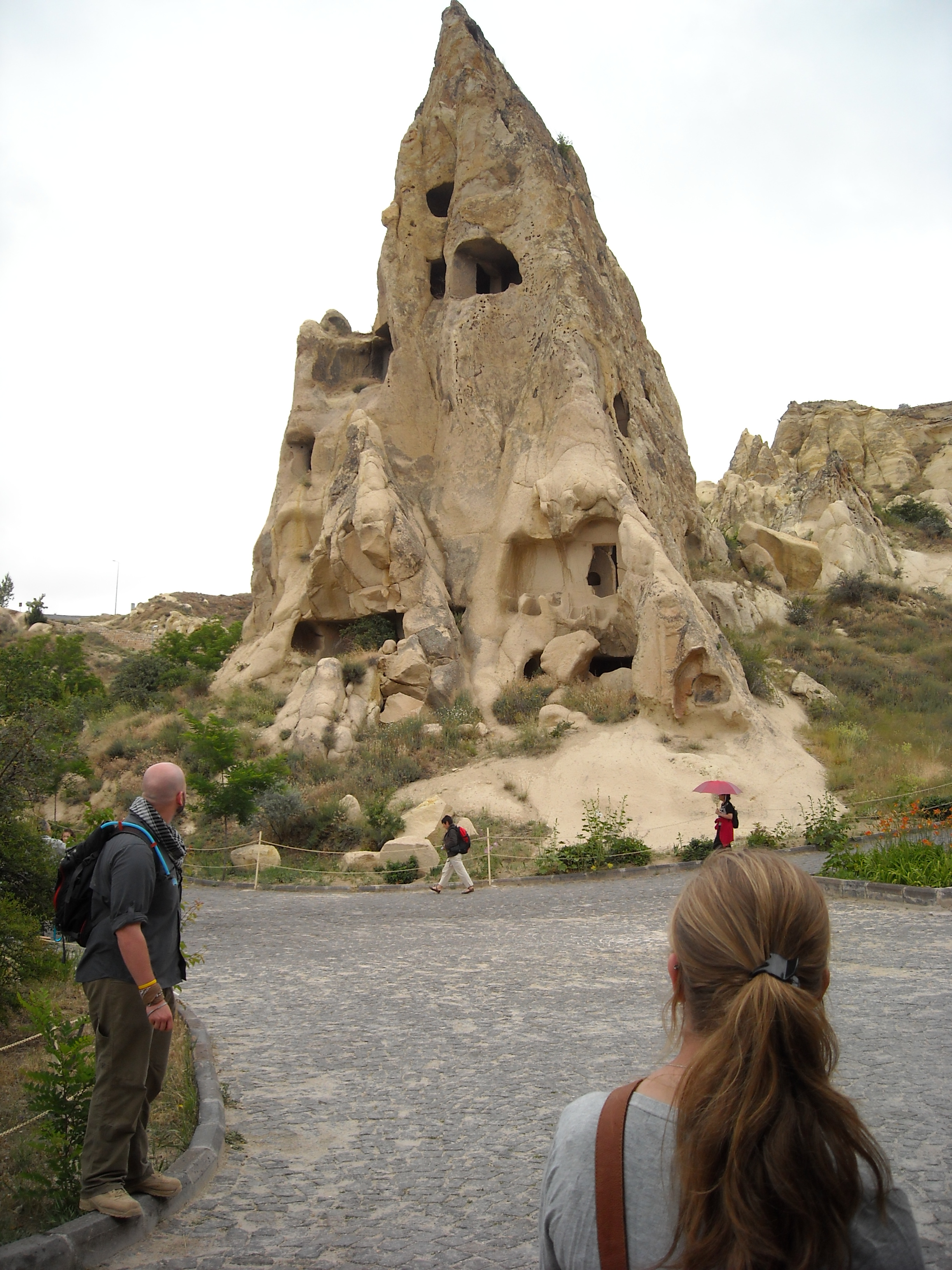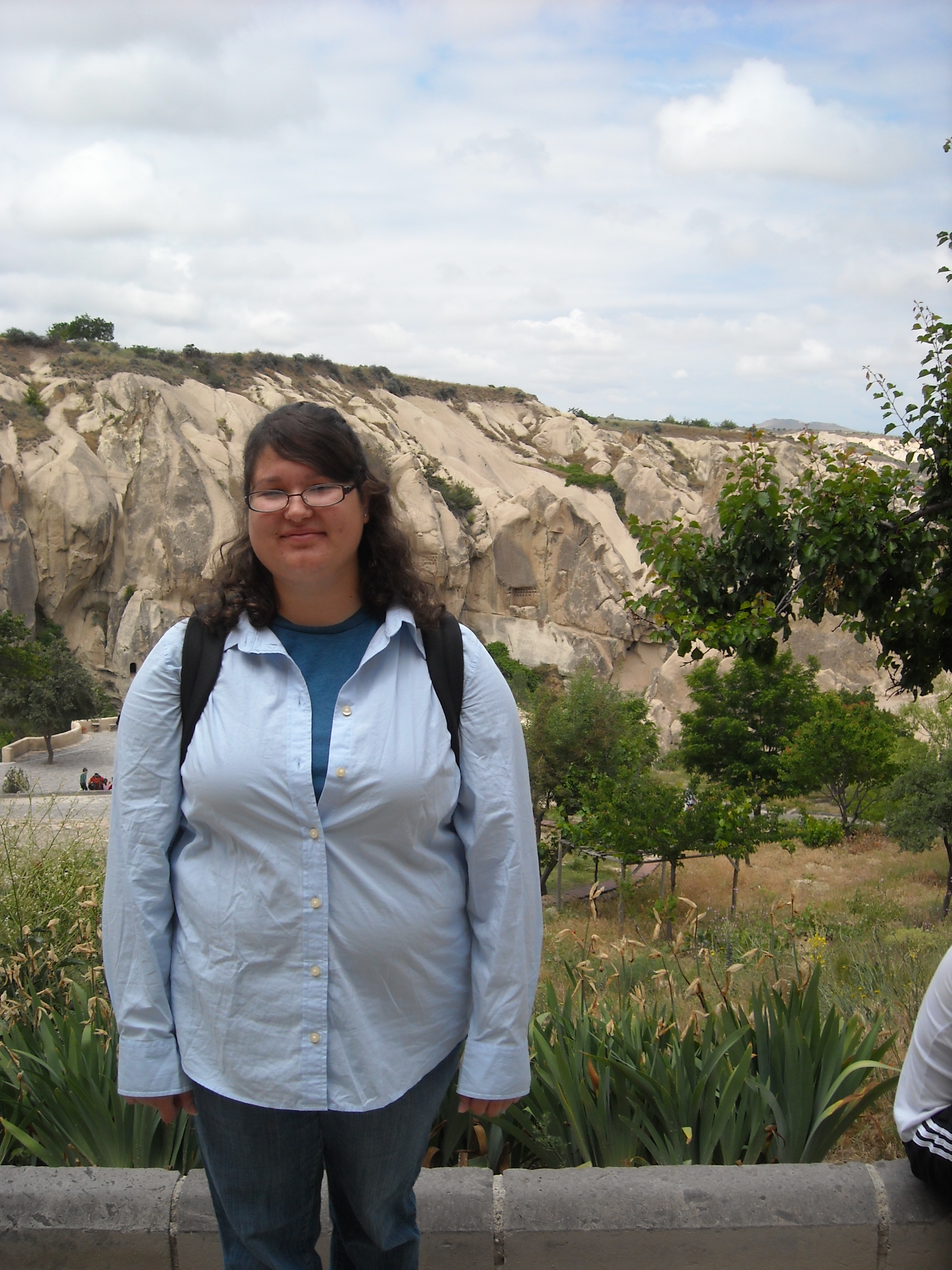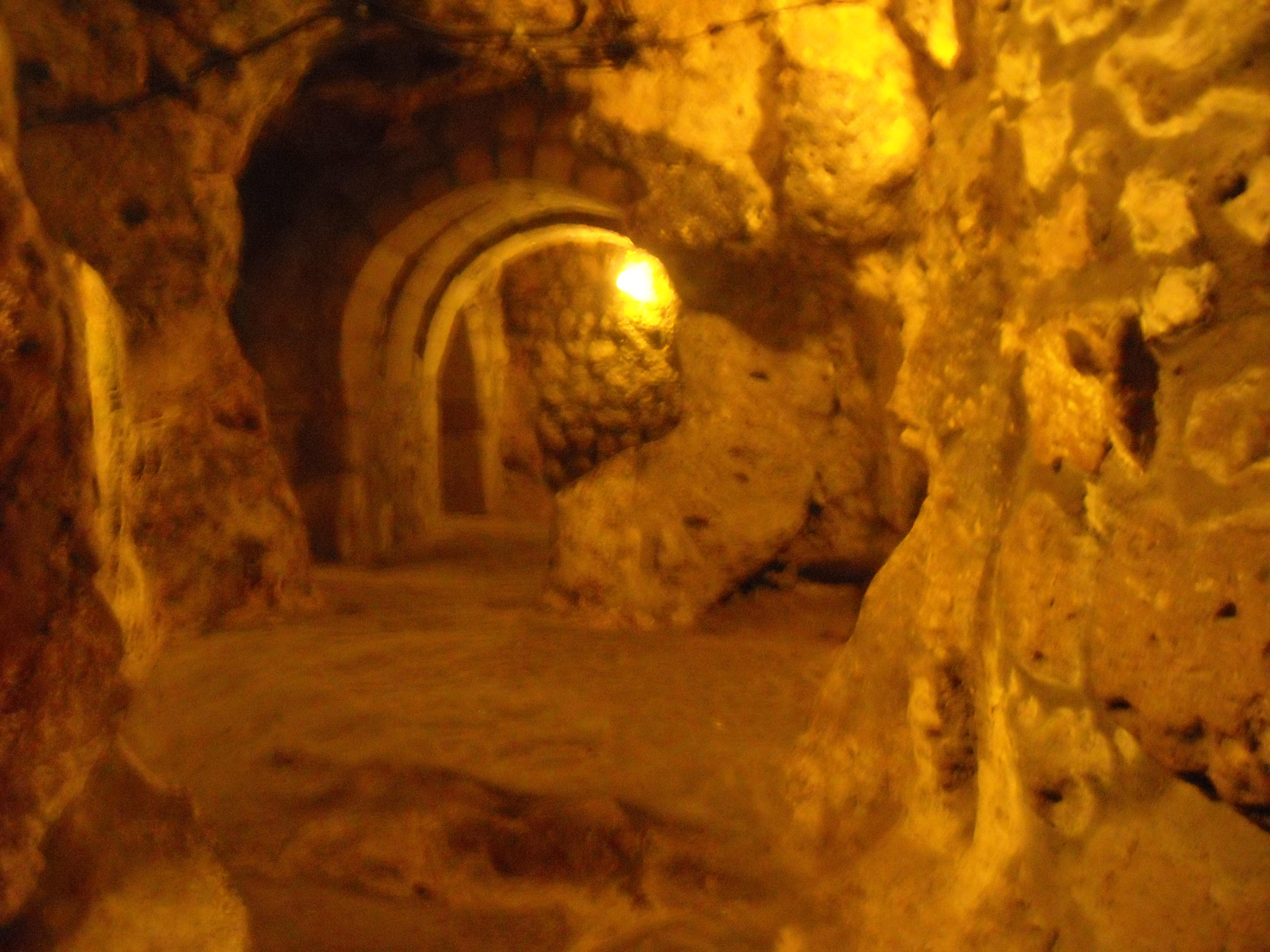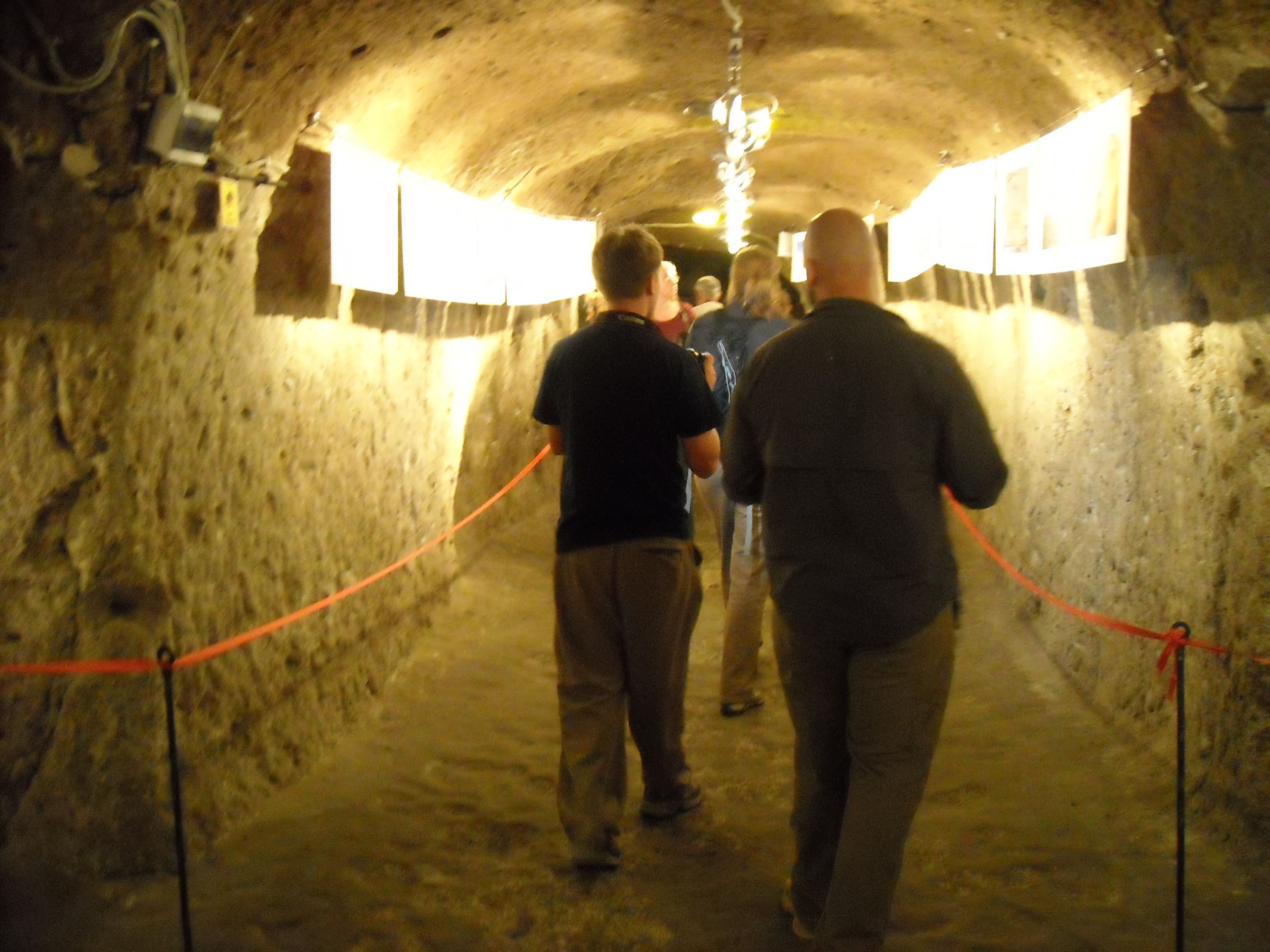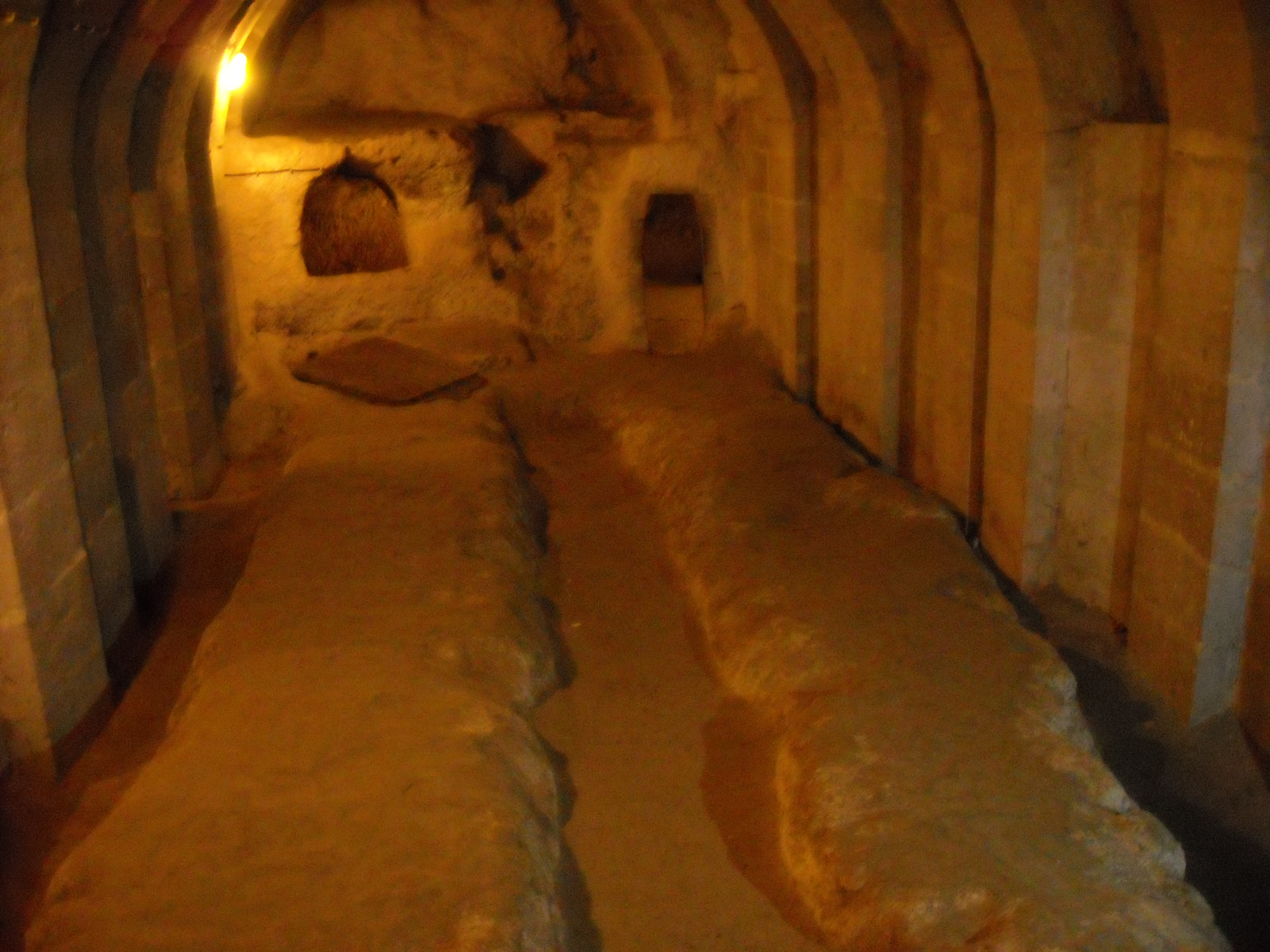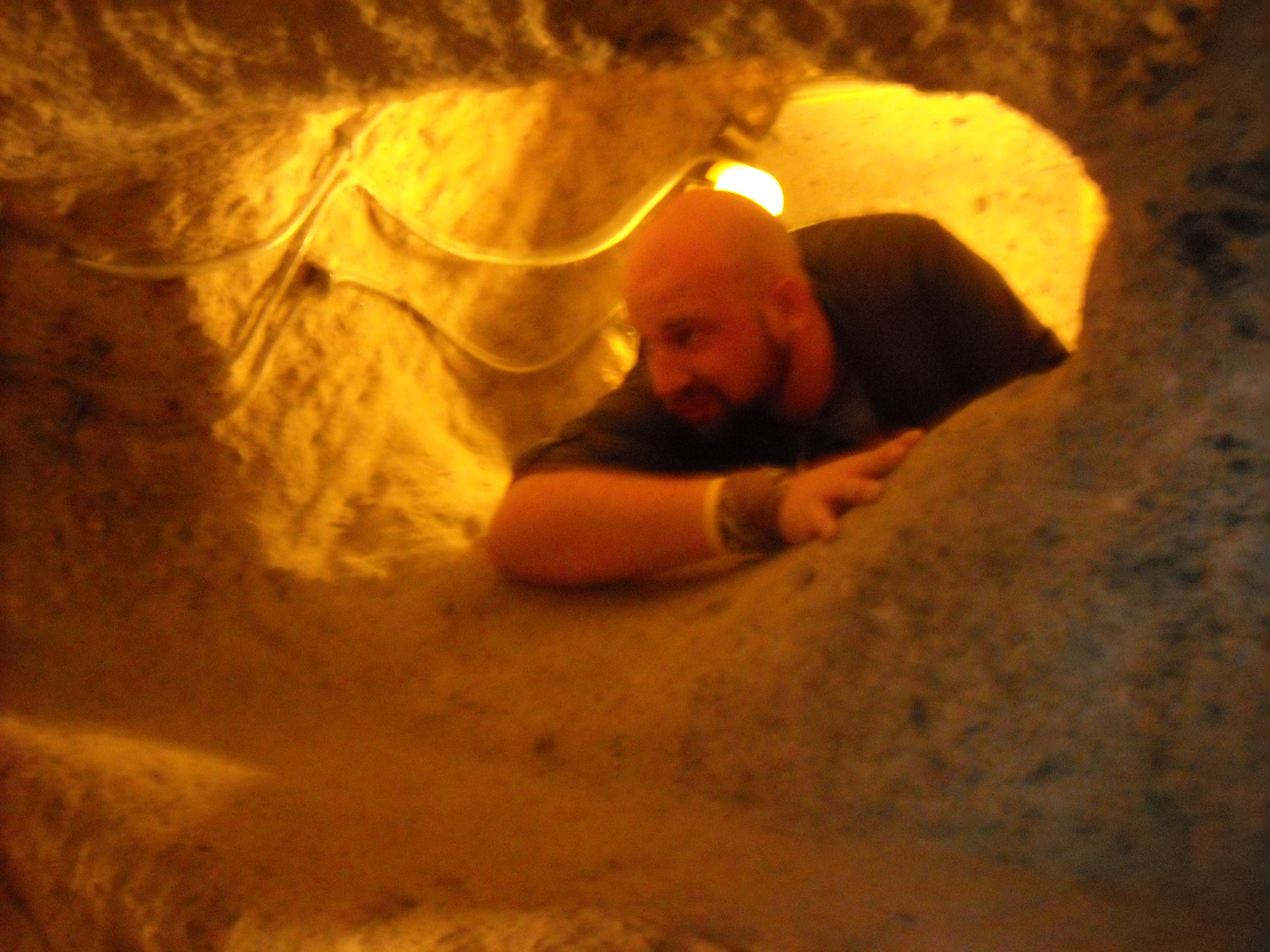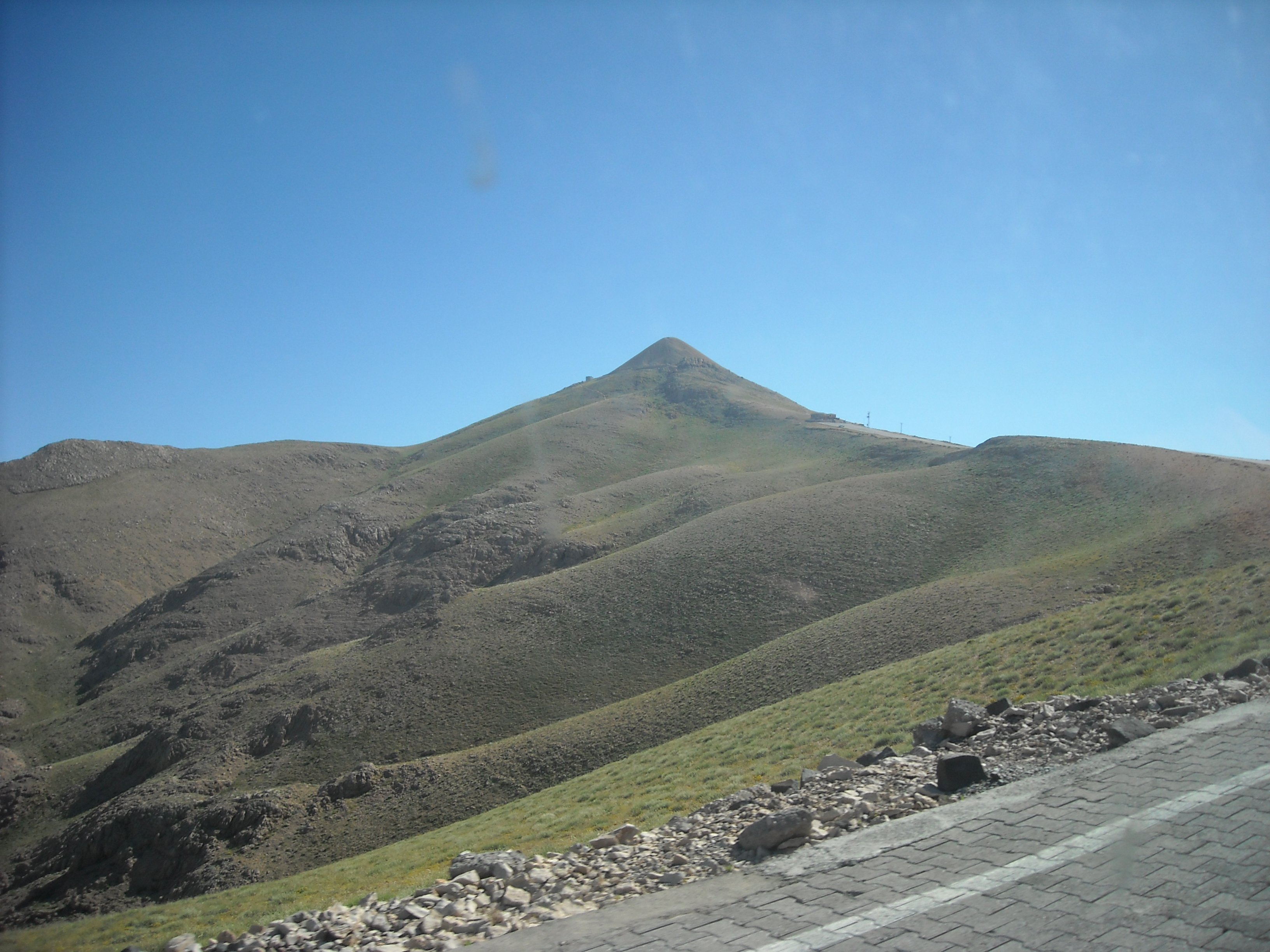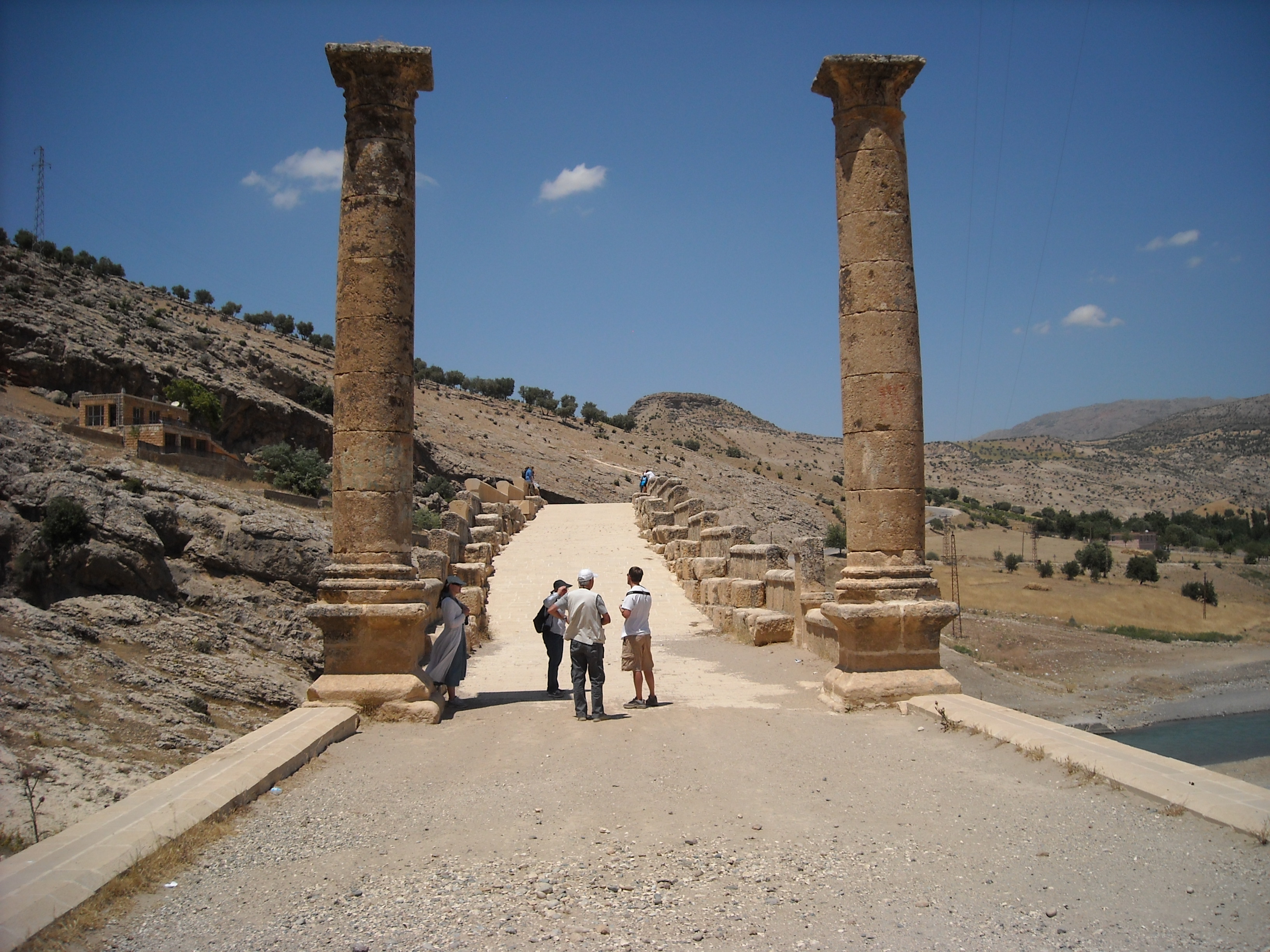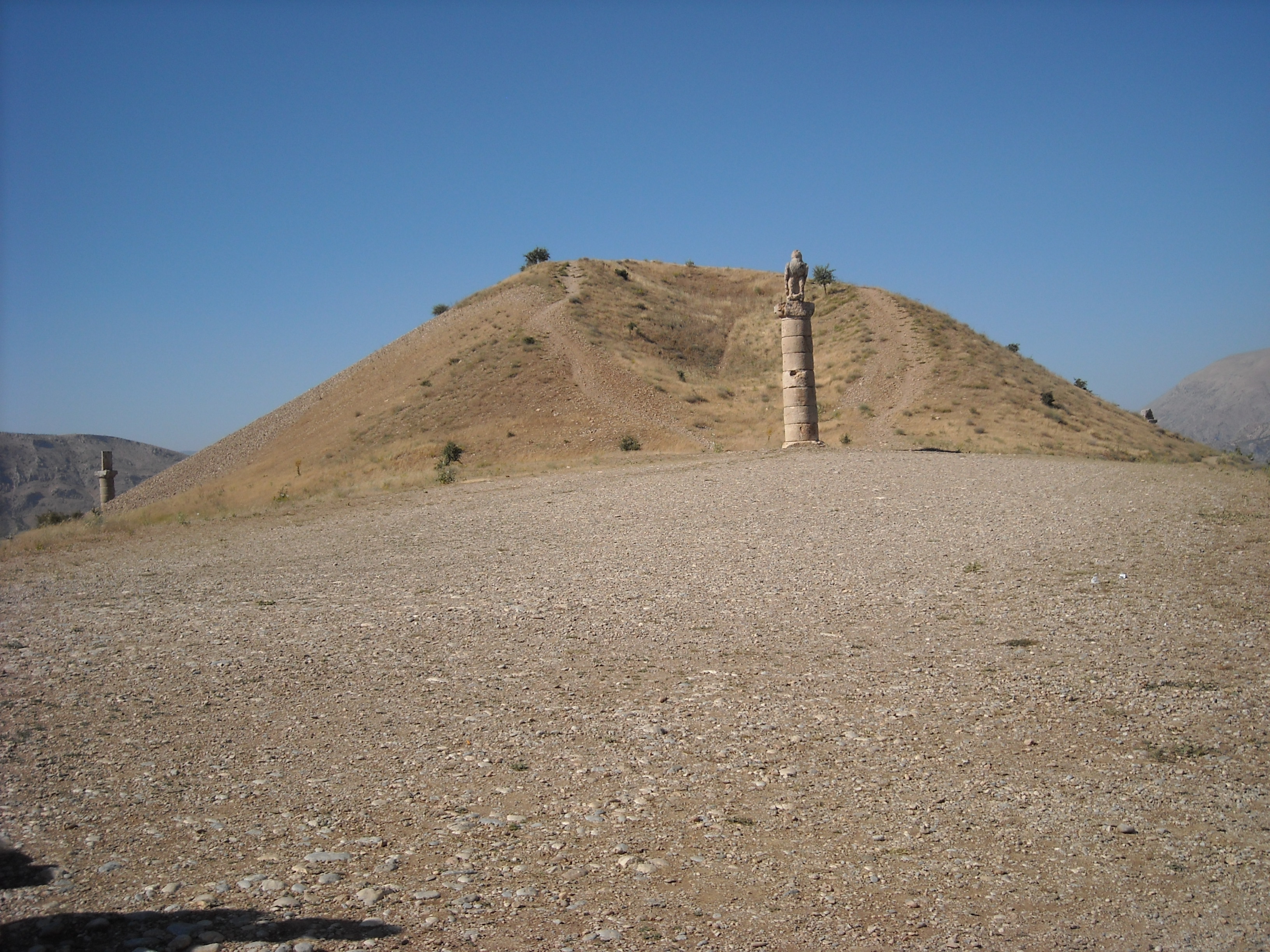This past weekend was the one “free” weekend out of the trip where we wouldn’t be traveling as a group. That being said, we still manage to pack it with lots of exciting things here in/around Puebla! This was good, because I needed a lot of diversions to take my mind off of Friday’s mini ash-eruption of nearby volcano Popocatepetl. (It hasn’t had a major eruption in years, and I feel safe at this distance, but I have an irrational loathing/fear of volcanoes–how super.)
 Thankfully, one of the best and biggest zoos/safari parks in all of Mexico is only 25 minutes away from where we live in Puebla. We’re really starting to get a hang of the public bus system, which is really convenient–only 6 pesos one way! A bunch of us decided to go by bus to check Africam out, and it was one of the best decisions ever!
Thankfully, one of the best and biggest zoos/safari parks in all of Mexico is only 25 minutes away from where we live in Puebla. We’re really starting to get a hang of the public bus system, which is really convenient–only 6 pesos one way! A bunch of us decided to go by bus to check Africam out, and it was one of the best decisions ever!
Most of the park is set up like a safari that you drive through either in your own car or on safari tour buses, meaning that the animals have practically free reign of a large part of land. I really liked that, since I feel like seeing animals cooped up in cages can get a bit depressing.
After the safari, there was a whole other portion to the park, with more traditional zoo enclosures for the smaller kinds of animals. We got to do awesome things like feed Wallabies and fly high above the park, crossing bridges and cruising along ziplines in harnesses. It was amazing! (Major photo credits/thanks to Jess, Rihanna, and Dominique, by the way.)



 In a more traditional culture exploration this weekend, my family also took me to Cholula, a town 15 minutes away that is famous for the number of churches it has (not 365 as sometimes advertised, but around 70 or 80). Its most famous church, however, sits on top of the largest-based pyramid in the Americas that once was dedicated to the god, Quetzocoatl. My host dad and sister hiked up to the top with me, and the view was incredible!
In a more traditional culture exploration this weekend, my family also took me to Cholula, a town 15 minutes away that is famous for the number of churches it has (not 365 as sometimes advertised, but around 70 or 80). Its most famous church, however, sits on top of the largest-based pyramid in the Americas that once was dedicated to the god, Quetzocoatl. My host dad and sister hiked up to the top with me, and the view was incredible!
 We also got to see a ritual performance by the Voladores de Papantla. Essentially, a group of guys climbs up a tall pole with ropes in tow which are then wound around the top. Following a few minutes of preparation, the men swing down in circles, the ropes tied around their feet as they rotate around. It was terrifying but exciting to see.
We also got to see a ritual performance by the Voladores de Papantla. Essentially, a group of guys climbs up a tall pole with ropes in tow which are then wound around the top. Following a few minutes of preparation, the men swing down in circles, the ropes tied around their feet as they rotate around. It was terrifying but exciting to see.
 I’m not going to lie; I’m kind of bummed out that this is the last weekend I’ll get to spend in Puebla itself. From downtown and the neighborhood to places like Cholula or Africam that are right next door, I feel like I really could spend the entire 6 weeks just in this city and not get bored. I’m glad at how this weekend turned out, however, and it’s hard to not be excited about our trip to Mexico City this coming Wednesday!!!
I’m not going to lie; I’m kind of bummed out that this is the last weekend I’ll get to spend in Puebla itself. From downtown and the neighborhood to places like Cholula or Africam that are right next door, I feel like I really could spend the entire 6 weeks just in this city and not get bored. I’m glad at how this weekend turned out, however, and it’s hard to not be excited about our trip to Mexico City this coming Wednesday!!!
Location: Cholula, Mexico



